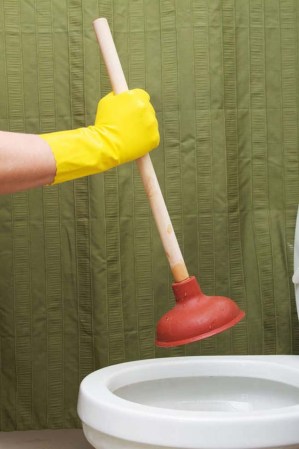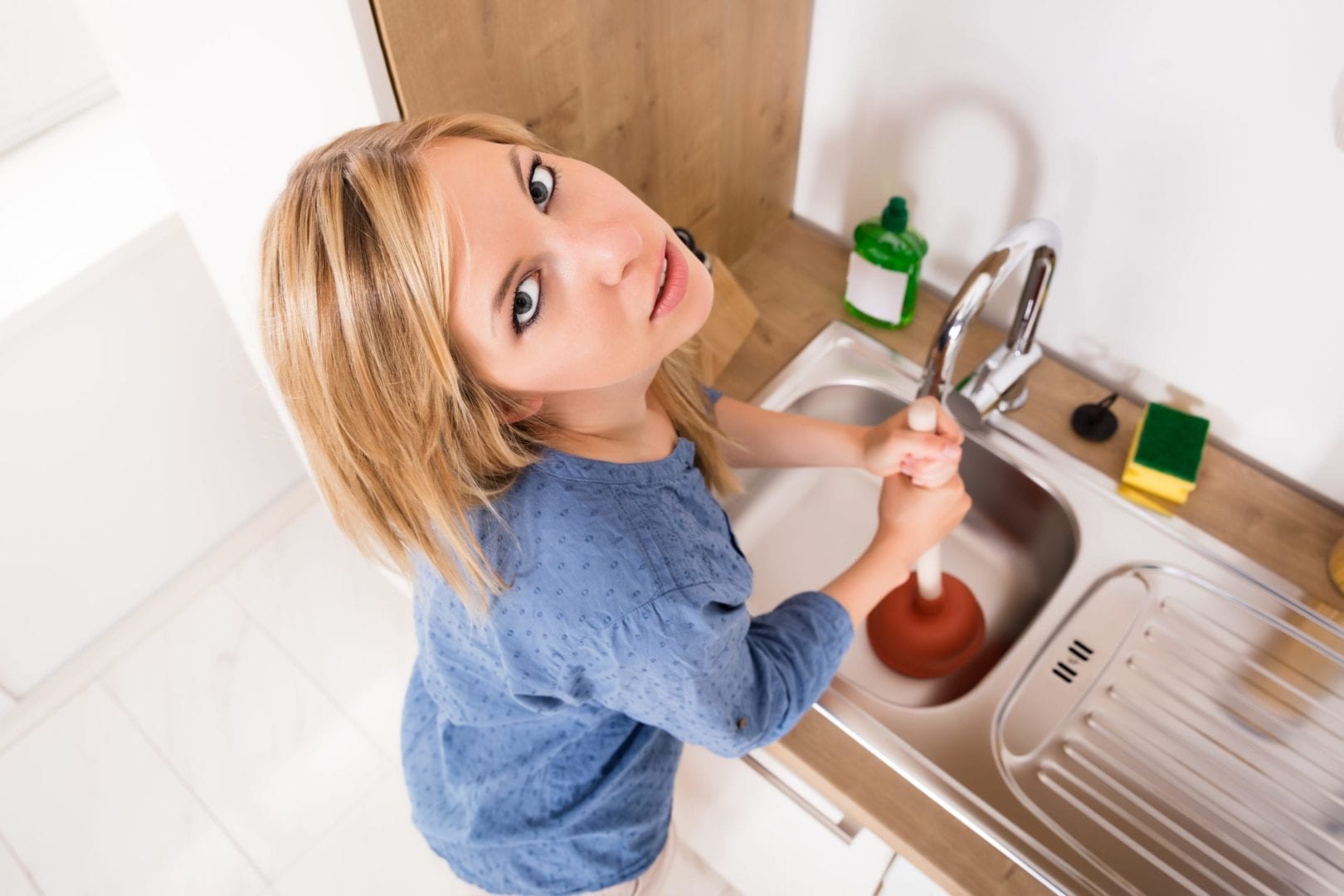We have unearthed this great article on How To Use Your Toilet Plunger Correctly in 5 Easy Steps down the page on the internet and decided it made perfect sense to share it with you on this site.

Intro
Appropriate maintenance of house drains is essential for protecting against blockages and making certain smooth water flow. Among the key devices in every property owner's toolkit is the bettor, together with various drainpipe cleaners designed to deal with stubborn obstructions efficiently. This write-up checks out just how to utilize bettors and drain cleansers effectively to keep your drains streaming easily.
Section 1: Understanding Plungers
Types of Plungers
There are a number of types of plungers readily available, each designed for various types of drains and clogs. One of the most common kinds include cup bettors, flange bettors, and accordion bettors.
Just How Plungers Work
Bettors deal with the principle of developing pressure and suction to displace blockages. When properly used over a drain, they produce a vacuum that can pull out particles or break up obstructions.
Choosing the Right Plunger
Picking the right bettor relies on the type of drain and the nature of the obstruction. Cup bettors are suitable for sinks and tubs, while flange bettors are better fit for toilets as a result of their design.
Typical Mistakes with Plungers
Staying clear of these errors makes certain effective plunging: inappropriate seal around the drainpipe, inadequate pressure, and unclear bordering debris.
Area 2: Utilizing Plungers Effectively
Prep work
Prior to plunging, ensure the plunger covers the drainpipe totally and creates a tight seal. Clear any type of noticeable debris around the drain opening.
Strategy
Beginning with gentle plunging activities to construct suction. Increase stress gradually, using a stable rhythm. Repeat as needed till the drain removes.
Fixing Tips
If plunging doesn't work, try changing the seal, applying oil jelly for a much better seal, or using a different kind of bettor.
Area 3: Recognizing Drain Cleaners
Kinds Of Drain Cleansers
Drain cleansers can be chemical or enzymatic. Chemical cleaners utilize strong chemicals to dissolve obstructions, while chemical cleansers utilize natural enzymes to break down raw material.
How Drain Cleansers Work
Chemical cleaners respond with obstructions to liquify them, while enzymatic cleaners break down natural materials like hair and grease without damaging pipelines.
Security Considerations
Constantly use gloves and eye defense when utilizing chemical drain cleansers. Guarantee ample air flow and follow supplier directions carefully.
Eco-Friendly Alternatives
Take into consideration utilizing vinegar and cooking soda or enzyme-based cleansers for environmentally friendly alternatives that are more secure for pipes and the environment.
Area 4: Utilizing Drain Cleansers Effectively
Application Techniques
Pour chemical cleaners directly right into the drainpipe opening. Permit them to work for the advised time before purging with warm water. Enzymatic cleaners need to rest overnight.
Precautions
Stay clear of mixing different sorts of cleaners, as this can generate hazardous fumes. Never make use of chemical cleaners in conjunction with a bettor, as splashing can take place.
Dealing With Persistent Clogs
For relentless clogs, think about using a plumbing serpent or calling a professional plumbing technician to prevent damage to pipelines.
Verdict
In conclusion, comprehending just how to use plungers and drainpipe cleansers effectively is vital for preserving healthy and balanced pipes systems. By picking the right tools and techniques, house owners can tackle small clogs and protect against major pipes issues down the line.
How To Properly Use A Plumbing Snake To Clear Drains
When any drain clogs in our home arise, we tend to gravitate toward the plunger and little else. In cases where the plunger and its vacuum-created pressure are not able to clear clogs, many immediately move to harmful chemicals or simply call their plumber to fix the issue.
we’re happy to help with all drain cleaning needs and concerns. This includes informing you on a few other home remedies you may have at your disposal for minor to moderate clogs, one of which is the use of a plumbing snake. Many people have never used one of these before – let’s go over the steps to take when your drain clogs and you have a plumbing snake available.
Attempt Plunger Use
The first step here, as we noted above, should indeed be to grab your plunger when you notice a drain clog and attempt to resolve it this way. If you’re unsure how to use a particular type of plunger, our plumbers can answer any questions you have. If this doesn’t do the trick, however, you move on to the snake.
Locate And Prepare Snake
A plumbing snake is a metal or plastic device that’s generally about a quarter of an inch thick. It’s design with significant extensions, meant to reach down into your clogged drain and push the clog out. Snakes also contain drain augers that will latch onto and push stubborn blockages.
If your plunger doesn’t clear a clog, locate your snake and bring it to the drain in question. We also recommend keeping a bucket nearby to collect the clog once you pull it out, plus we’d advise wearing goggles and possibly protective gloves.
Feed Snake
Once you’re ready to go, feed the snake slowly down the drain, using the crank device it comes with to keep it moving until it finds the clog. Once this happens, much of the clog will be latched onto the coil so you can pull it out, while the rest will simply break up and flow downward.
Detach Debris
Remove the snake slowly from the drain, and once you’ve done so, pick off any debris that’s stuck to the coil. This is another area where wearing gloves is a must.
Flush Drain
Finally, take a few minutes to ensure the snake has done its job correctly. If you’ve been using it on a toilet, flush the toilet a couple times and make sure everything flows well. If you’ve used it on a different drain, flush it with some room temperature water.
https://www.mybuddytheplumber.com/blog/how-to-properly-use-a-plumbing-snake-to-clear-drains/

I found that blog post about Here's How to Correctly Use a Toilet Plunger while doing a lookup on the search engines. Sharing is nice. Who knows, you will be helping someone out. I enjoy your readership.
Call Today
Comments on “Utilizing Plunger and Drain Cleaners: Best Strategies”